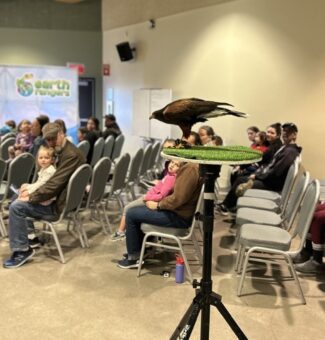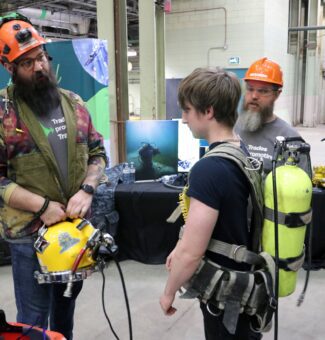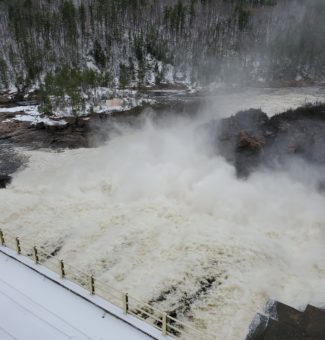OPG’s Big Island Wetland benefiting fish production and biodiversity
A unique wetland in Prince Edward County that OPG constructed as a fisheries habitat bank is now a thriving aquatic ecosystem for several species of aquatic and terrestrial organisms.
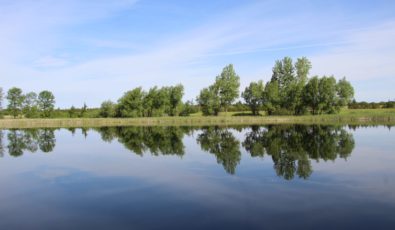
With OPG’s support, the 14.8-hectare Big Island Wetland was constructed in 2014 through a partnership with Quinte Conservation.
The wetland serves as a habitat bank for OPG’s current operations and potential future projects.
“One of the things that’s notable is that there are only a handful of fish habitat banks in Canada, and there are few, if any, of this size,” said Jeff Wright, an Environmental Advisor with OPG who has been tracking the wetland’s progress.
The tract of land on which the Big Island Wetland sits was originally inundated by very dense cattails with limited habitat or biodiversity. Constructed with three large ponds and multiple interconnected channels, the same area now hosts numerous fish species, diverse aquatic vegetation and other wildlife, including some at-risk species.
Beyond counterbalancing the impacts of OPG’s operations, the wetland is a nature-based solution that offers other biodiversity, carbon sequestration and socio-economic benefits to the region.
“One of the things that’s notable is that there are only a handful of fish habitat banks in Canada, and there are few, if any, of this size.”Jeff Wright, Environmental Advisor with OPG
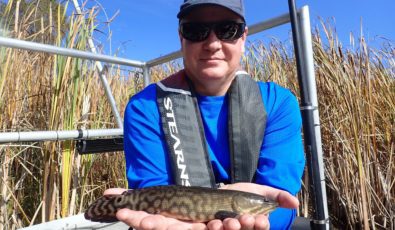
Since the project was initially conceived, OPG has worked closely with Quinte Conservation to select the site, study baseline conditions, construct the wetland, and monitor subsequent benefits to fish habitat and the fish community.
Habitat work included tracking changes in the wetland’s size through high-resolution images obtained from drone and satellites, intensive fish sampling using gears that target different life stages, and obtaining data to estimate habitat suitability. In total, 27 fish species of various sizes and ages were captured in each of the past three years.
To quantify the annual fish production in the wetland, OPG is also working with experts from the Department of Biological Sciences at the University of Toronto to develop a data model that can confidently estimate how many fish the Big Island Wetland can grow and support.
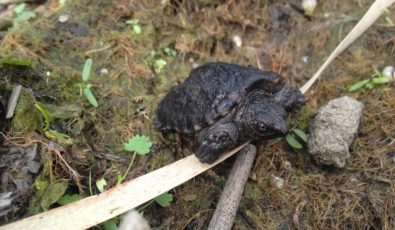
“There are very few projects like this in Canada,” said Wright. “Coming up with a defensible model to estimate production of a fish community, especially in a constructed habitat, is pretty cutting-edge.”
After three years of intensive field work, efforts shifted to refining the model using all the available data, and comparing production at the wetland to other Lake Ontario coastal wetlands. The revised model was submitted to Fisheries and Oceans Canada (DFO) in late 2021, and has been presented to DFO staff. OPG is continuing to discuss progress with the applicable regulatory agencies and with Indigenous communities with an interest in the wetland.
“At the end of the day, we’re excited to see the changes that have occurred since the wetland was constructed, and for the efforts of staff and partners that have been involved. All at OPG should be proud of the benefits that have already been realized, and we hope this can serve as a model for future offsets,” said Wright.
Subscribe and stay informed
Sign up to receive the latest news, project updates, and event information from OPG.
